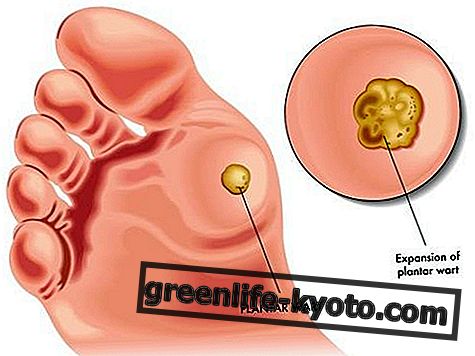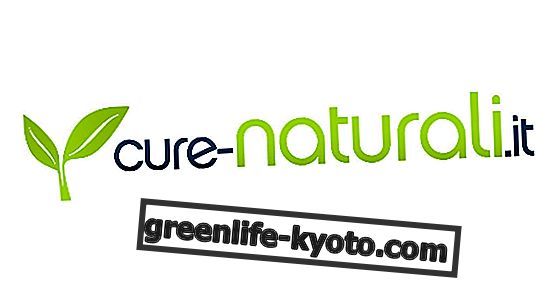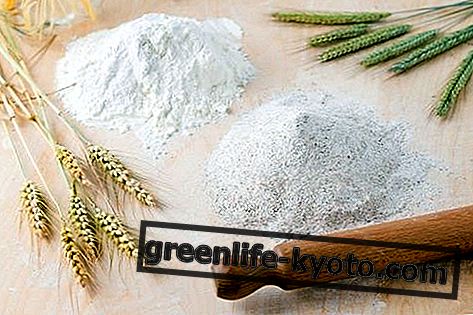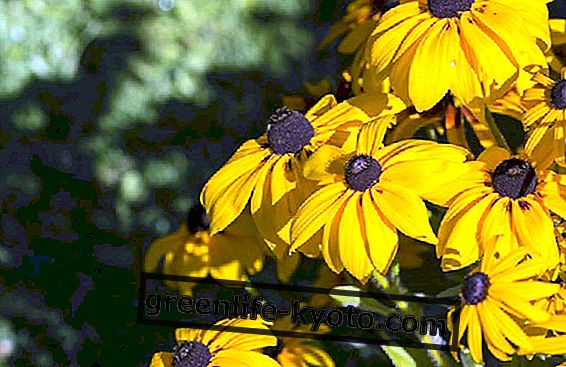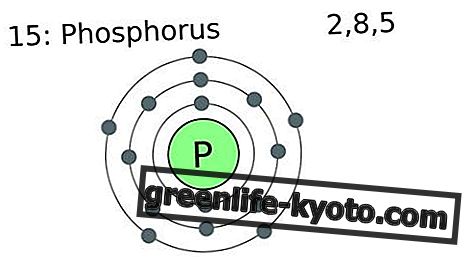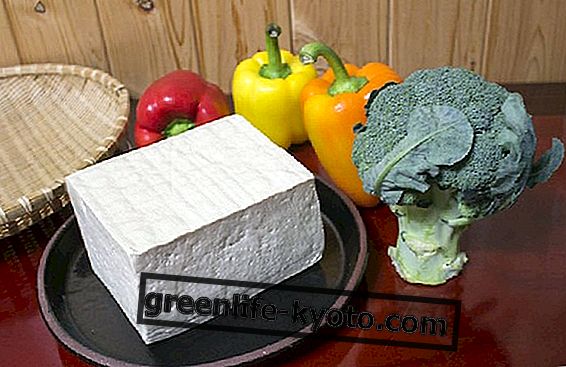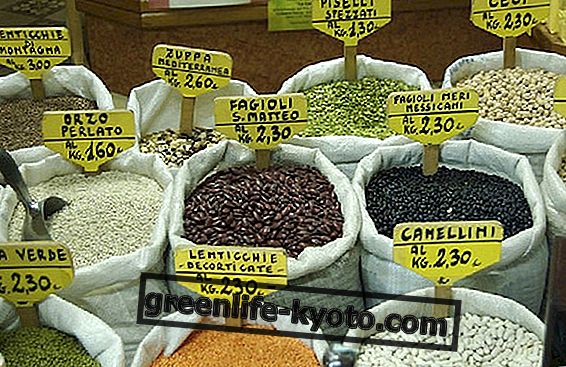
Everyone loves chocolate in some form: dark, milk, white, with hazelnuts, orange and so on in its infinite varieties.
The delicious taste of chocolate and the gratifying sensation that comes from the presence of theobromine have made it one of the most successful food products in the world, from the time of its discovery in Mesoamerica, where it was used in semi-liquid form for purpose ritual along with other psychoactive substances such as hallucinogenic mushrooms and tobacco.
In Europe over the centuries an entire art has developed around its consumption, a branch of confectionery dedicated to chocolate, which gives us ice creams, bars, chocolates, chips, eggs, spreadable crème and an infinite number of other products.
The carob fruit
But many are looking for alternatives, for various reasons. One of the most successful variants is the so-called carob chocolate, already on the market with many products that can hardly be distinguished from those produced with chocolate produced with the cocoa plant.
The pods of the carob tree, a plant from millennia present in the Mediterranean area, when ripe they offer a very aromatic gelatinous substance, which is dried, toasted and reduced to powder to be processed as would be done with cocoa.
It is a product low in fat, although richer in carbohydrates and sugars than classic chocolate. It also has a low amount of sodium, a factor that helps fight high blood pressure, heart and kidney problems, and osteoporosis, especially in this age where a sodium-saturated diet is particularly popular.
Despite having good amounts of calcium, it does not contain calcium oxalates, present instead in the common cocoa, which makes carob chocolate much more suitable for athletes and young people in the developing world .
Add to all this the absence of psychoactive substances and capable of generating dependence, such as the theobromine of common chocolate or caffeine, is rich in antioxidants and dietary fiber, and the fact that carob chocolate is gluten-free .
The taste of carob chocolate
The flavor of carob chocolate is not exactly that of cocoa chocolate, although it is very close. We say that it is more similar to that of gianduia, but with a greater hint of sweetness, more similar to that given by honey or molasses rather than that given by sugar .
The greater innate sweetness of carob flour leads to a lower need to add external sugars, especially if they are synthetic or refined. This makes carob chocolate generally more natural than cocoa .
If you want, to all this you can add yet another point in favor of carob chocolate: unlike cocoa chocolate you can share it with your dog friends, given the absence of theobromine, pleasant for the human nervous system but toxic for dogs .
Carob chocolate products
In specialized shops we can find various products based on carob chocolate : cream spread, biscuits, chips, muffins, hot chocolate, bars with seeds and nuts, puddings. Not only is all this available today, all the recipes for making these delicacies are easily available online, and at this point it is only necessary to add the purchase of carob flour, a good oven and the desire to try new experimental recipes.
Photo; Claudio Rampinini / 123rf.com



